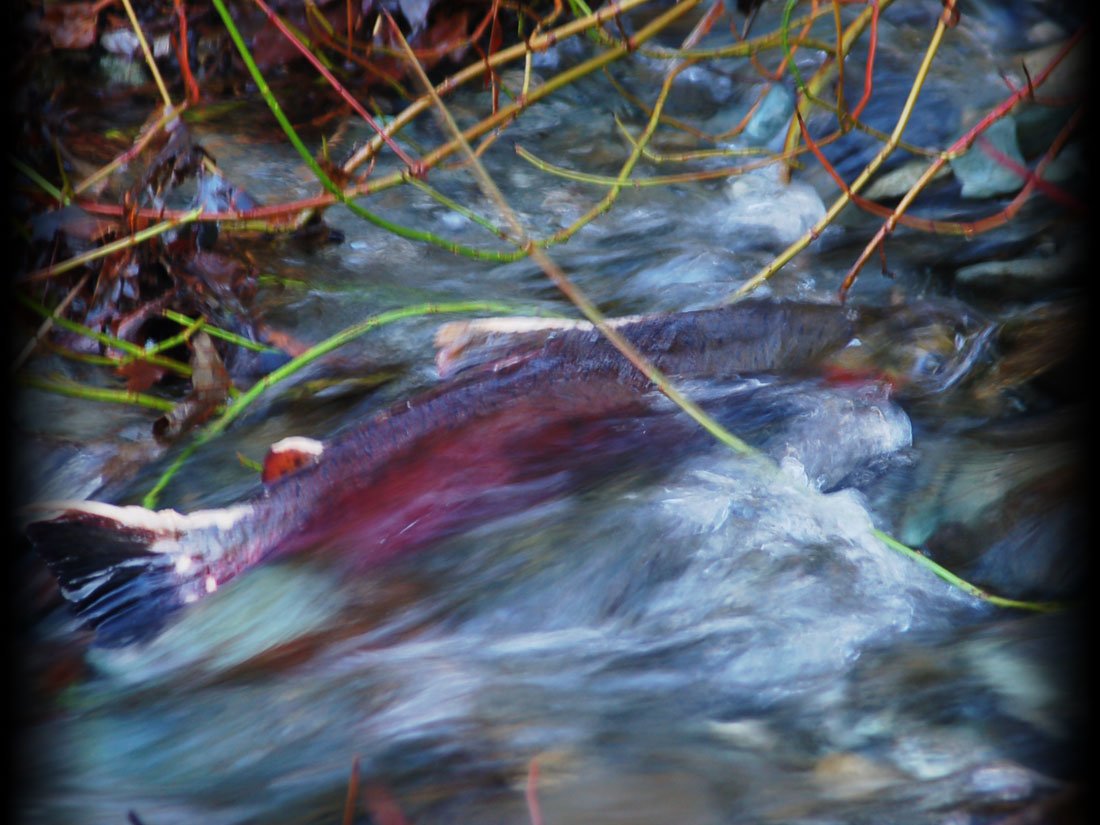The Skagit Watershed Council, in partnership with the Skagit Fisheries Enhancement Group, Skagit Land Trust, Skagit County, and the Skagit River System Cooperative sponsors this conference. This annual conference is organized by the Western Washington Riparian Workgroup, a technical learning group that brings together riparian restoration practitioners to build networks, share practical information, and improve outcomes. The goal of the North Sound Riparian Conference is to bring together riparian restoration practitioners to learn and share ideas.
The goal of the Skagit Salmon Science Series is to share knowledge of salmon recovery to support dialogues moving forward from our first 20 years of actions to our next 20 years. As we share this information in this forum, we want to start broadening our circle to gather and hopefully address the community’s questions and concerns. The series includes presentations by local practitioners with the following themes: 1) Skagit Salmon Management, 2) Chinook Salmon Recovery Background, 3) Status of Skagit Estuary Restoration, 4) General Watershed Approach to Chinook Salmon Habitat Restoration, 5) Overview, 6)Sediment, Landslides and Forestry, and 7) Freshwater Restoration.
Skagit Watershed Council in partnership with the Puget Sound Partnership Salmon Recovery Program sponsored this workshop on May 13. 2010. To see the agenda for the Successful Habitat Restoration in Developed Landscapes workshop, click here.
Process-Based Principles for Habitat Restoration
Tim Beechie, NOAA Fisheries
Abstract (PDF) »
The Challenge of Process-Based Principles for Habitat Restoration
Eric Beamer, Skagit River System Cooperative, Recovery Implementation Technical Team
Abstract (PDF) »
Process-Based Restoration: Examples from Local Watersheds (Examples 1-4)
Paying Attention: The Future of Restoration
Carol MacIlroy, Carol MacIlroy Consulting Inc., Abstract (PDF) »
Process-Based Restoration: Examples from Local Watersheds (Examples 5-7)
Kari Neumeyer
